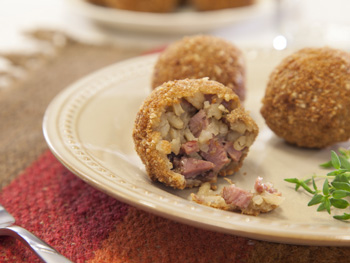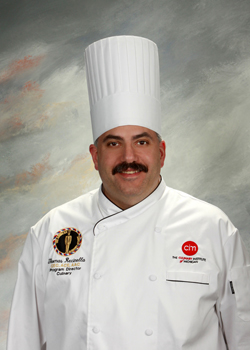Mayo’s Clinic: Helping Students Take Charge—Peer Coaching
 The advantages of peer coaching include helping people realize they can solve their own problems while helping others. It also broadens their awareness of how many people they can call on for assistance.
The advantages of peer coaching include helping people realize they can solve their own problems while helping others. It also broadens their awareness of how many people they can call on for assistance.
By Dr. Fred Mayo, CHE, CHT
Last month, we discussed helping students take charge of their lives by using a technique called the three-legged conference. This month’s column is about peer coaching, and the rest of the fall will focus on other strategies for helping students learn to take charge of their education and their lives.
Coaching Explained
Coaching is the process of one person helping another person to clarify the coachee’s goals, jointly determining strategies to attain those goals, and providing support for reaching the goals. It differs from consulting since consultants provide advice based on their background knowledge and experience; coaches commit to help their coachees do what is important to the coachees. Coaching differs from therapy since therapists are interested in why, and they focus on the present and the past; coaches are interested in what and how, and they focus on the present and the future.
The challenge in coaching is really listening to the other person and not providing advice or judging what the other person says or wants to do. It is a full commitment to helping the other person in the areas where the other person wants to focus. Many teachers find coaching hard to do since it differs so radically from their normal work as teachers, dispensers of knowledge and evaluators. It is even hard to shift from facilitating learning to coaching; these functions draw on different sets of skills.

 Using games to teach will get both you and your students out of a rut. A round of Hangman, anyone?
Using games to teach will get both you and your students out of a rut. A round of Hangman, anyone? “The Gold Medal Classroom” launches a new editorial department and forum for deans and directors in 2014: a leadership think tank.
“The Gold Medal Classroom” launches a new editorial department and forum for deans and directors in 2014: a leadership think tank. Courtesy of The Culinary Institute of America’s
Courtesy of The Culinary Institute of America’s  $1,000 Grand Prize and $500 Runner-up prize, instructor incentives. Sponsored by the National Honey Board (NHB) in partnership with “The Gold Medal Classroom.”
$1,000 Grand Prize and $500 Runner-up prize, instructor incentives. Sponsored by the National Honey Board (NHB) in partnership with “The Gold Medal Classroom.” Peter Lehmuller, Ed.D., has been appointed dean of the College of Culinary Arts at Johnson & Wales University (effective July 1, 2013). He was most recently the dean of Academic Affairs at the university’s Charlotte campus and has relocated to the university’s flagship campus in Providence, R.I.
Peter Lehmuller, Ed.D., has been appointed dean of the College of Culinary Arts at Johnson & Wales University (effective July 1, 2013). He was most recently the dean of Academic Affairs at the university’s Charlotte campus and has relocated to the university’s flagship campus in Providence, R.I. Entries in the 2013 Discover Duck Recipe Contest prove great tastes come in small packages. Sponsored by Maple Leaf Farms, the annual contest challenged professional chefs and culinary students to produce an original appetizer or small plate recipe showcasing Maple Leaf Farms duck. Nearly 250 entries from across the country were submitted, competing for more than $15,000 in cash prizes.
Entries in the 2013 Discover Duck Recipe Contest prove great tastes come in small packages. Sponsored by Maple Leaf Farms, the annual contest challenged professional chefs and culinary students to produce an original appetizer or small plate recipe showcasing Maple Leaf Farms duck. Nearly 250 entries from across the country were submitted, competing for more than $15,000 in cash prizes. Thomas Recinella, CEC, ACE, AAC, program director for Baker College of Port Huron’s Culinary Institute of Michigan, has been inducted into membership of the prestigious Disciples Escoffier International-USA.
Thomas Recinella, CEC, ACE, AAC, program director for Baker College of Port Huron’s Culinary Institute of Michigan, has been inducted into membership of the prestigious Disciples Escoffier International-USA.